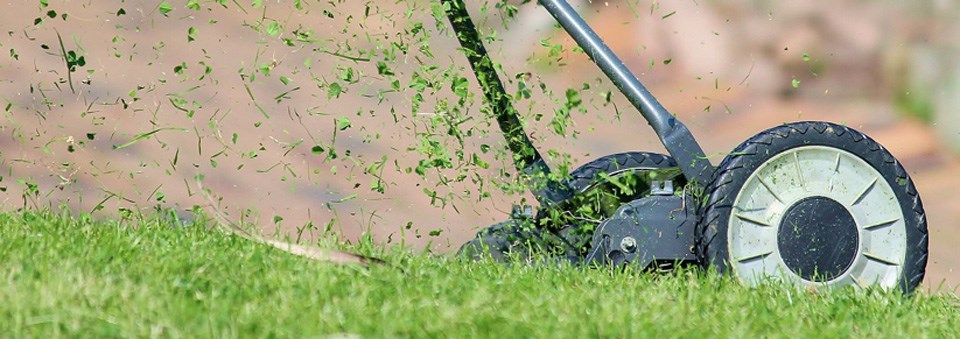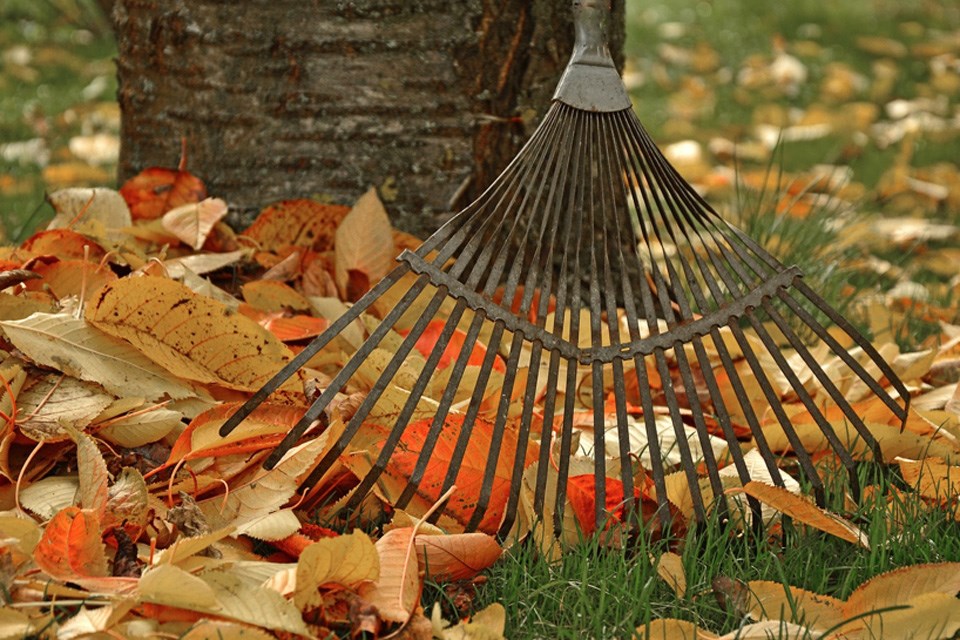Proper winterization ensures that your plants, lawn, and outdoor spaces can withstand the cold, snow, and frost, and thrive when spring arrives.
Top Tips for Winter Garden Prep
1. Clean up and get rid of the weeds
The first step in winter preparation is to clear your garden of debris. Remove fallen leaves, dead plants, and any other organic matter that can become a breeding ground for pests and diseases. This not only keeps your garden neat but also prevents potential problems in the spring. Putting your garden to bed when it is freshly weeded also helps reduce an even bigger weed problem in the spring.
2. Protect Perennials
Mulch is your best friend when it comes to protecting perennials. Apply a thick layer of organic mulch, such as straw or shredded leaves, to insulate the soil and protect the roots from freezing temperatures. This also prevents weeds from taking over. Depending on the plant, you might want to cut back your perennials in the fall rather than in the spring.
3. Empty and Store Garden Tools
Properly clean and store your garden tools to prevent rust and damage during the winter months. Drain and store hoses, and if you have a sprinkler system, ensure it is properly winterized to prevent freezing and cracking. Don’t forget to empty and store your rain barrels as well.
4. Protect Your Outdoor Furniture
To extend the lifespan of your outdoor furniture, clean and store it in a sheltered area or use weatherproof covers. This will prevent damage from snow, ice, and freezing temperatures.
5. Winterize Your Lawn

Raise your lawn mower blade to about 3” to allow it to have a great start in the spring. You can also leave some of those fallen leaves on the ground before mowing to mulch in some free fertilizer. Just don’t leave too many leaves because critters and molds can become a problem over the winter months.
6. Snow Removal Gear
Finally, ensure you have the necessary snow removal tools, such as shovels and snow blowers, ready for action. Keeping walkways and driveways clear of snow and ice is not only essential for safety but also protects your landscaping.
When you give your garden and yard the attention they deserve before winter arrives, you'll set the stage for a successful and vibrant garden come spring. Taking proactive measures now will not only protect your plants but also make the transition into the next growing season smoother and more enjoyable. So, embrace the changing seasons and spend some quality time in your fall garden.
This story is brought to you by Great West Media Content Studio. It is not written by and does not necessarily reflect the views of the editorial staff.




